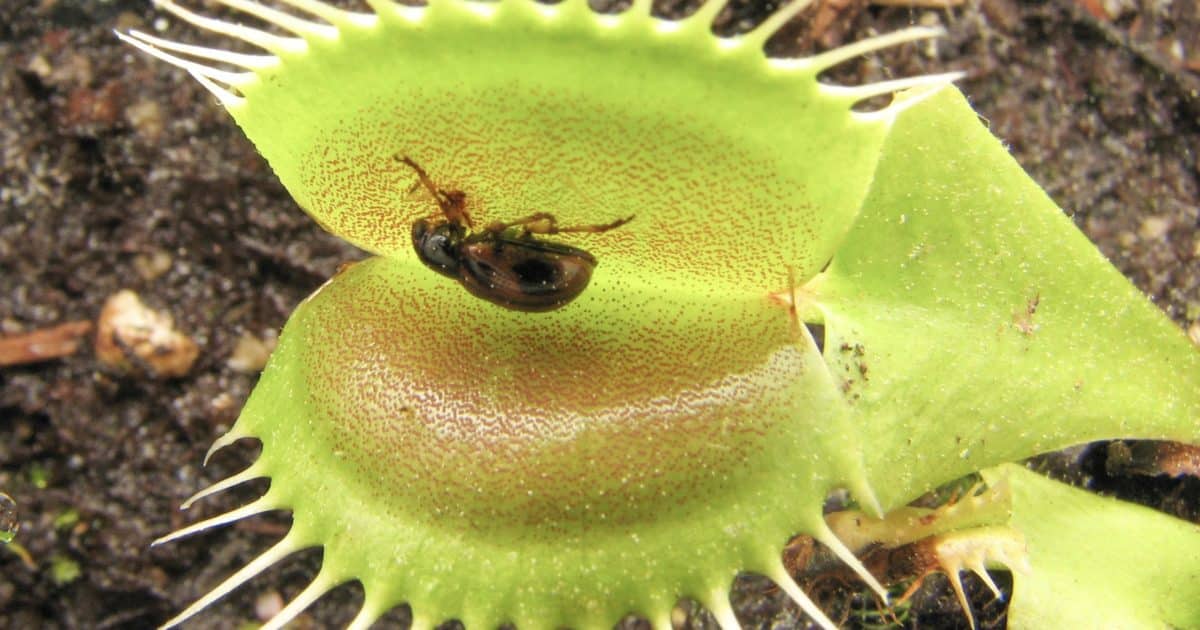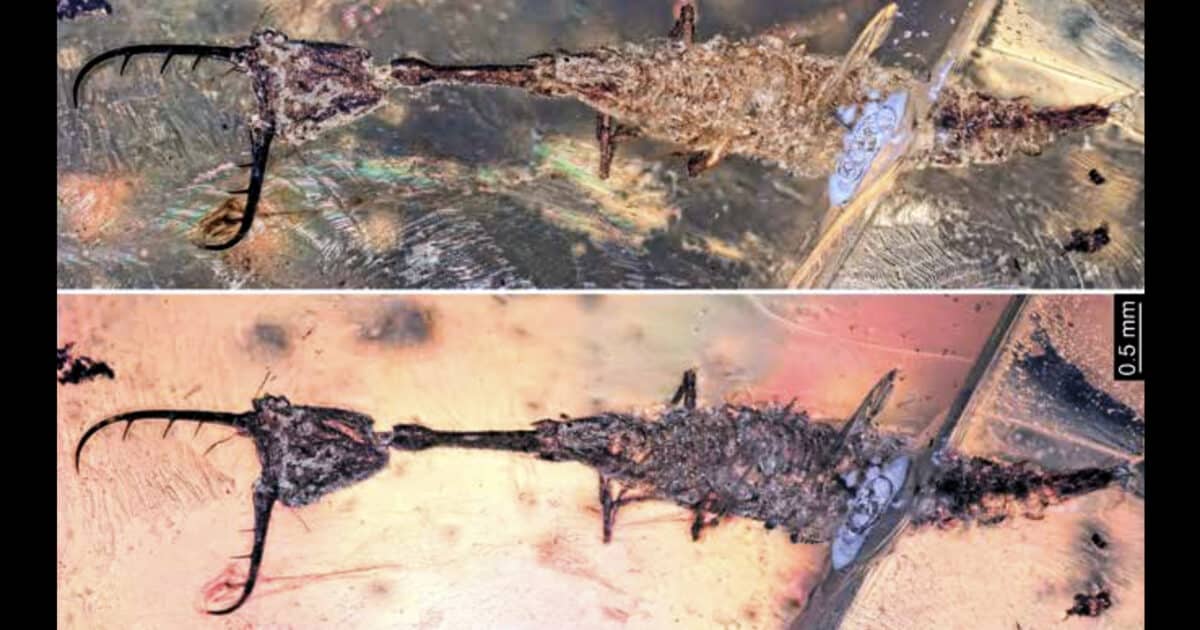
insects

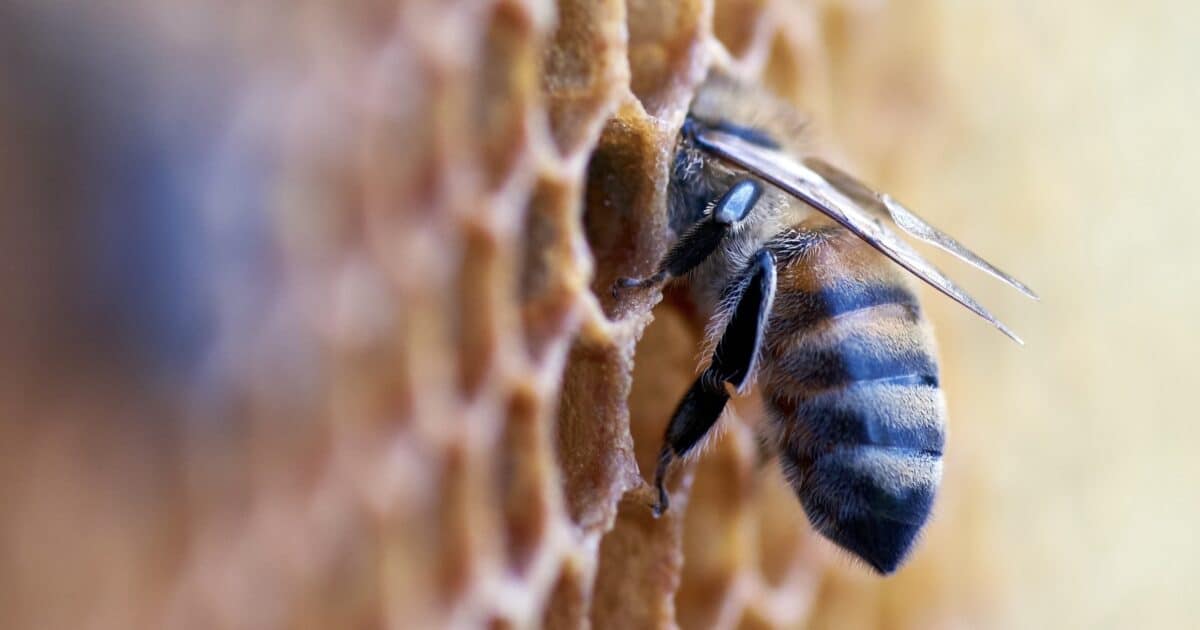
What Do Bees’ Joy and Pain Really Tell Us About Insect Minds?
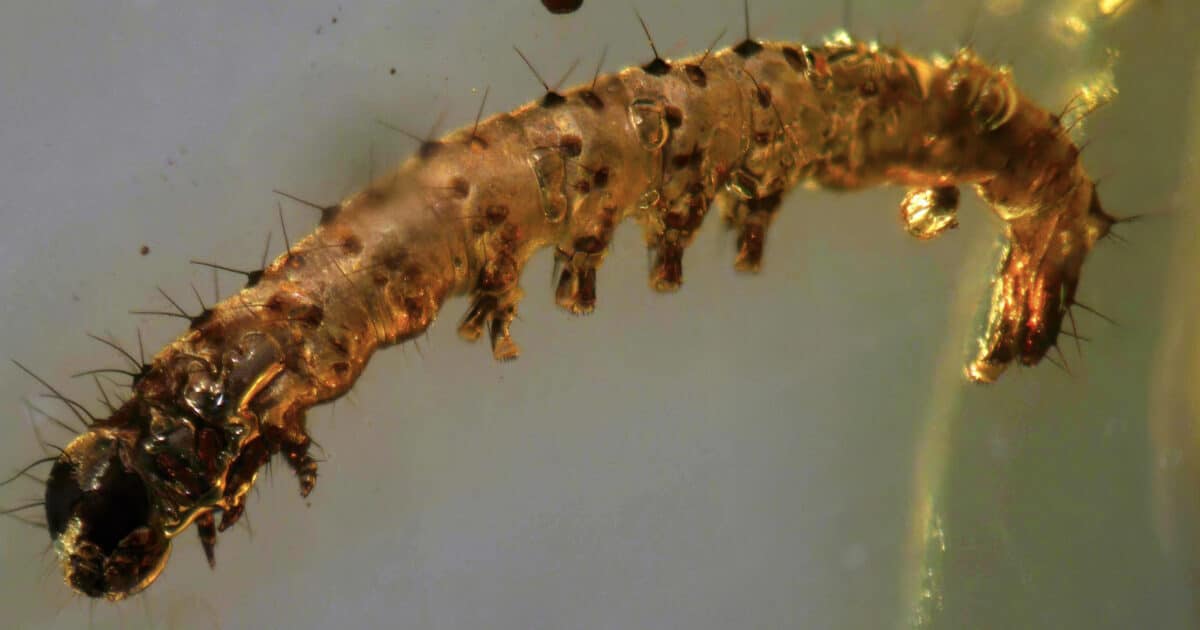
Fossil Friday: How the Caterpillar Got Its Legs, or Not
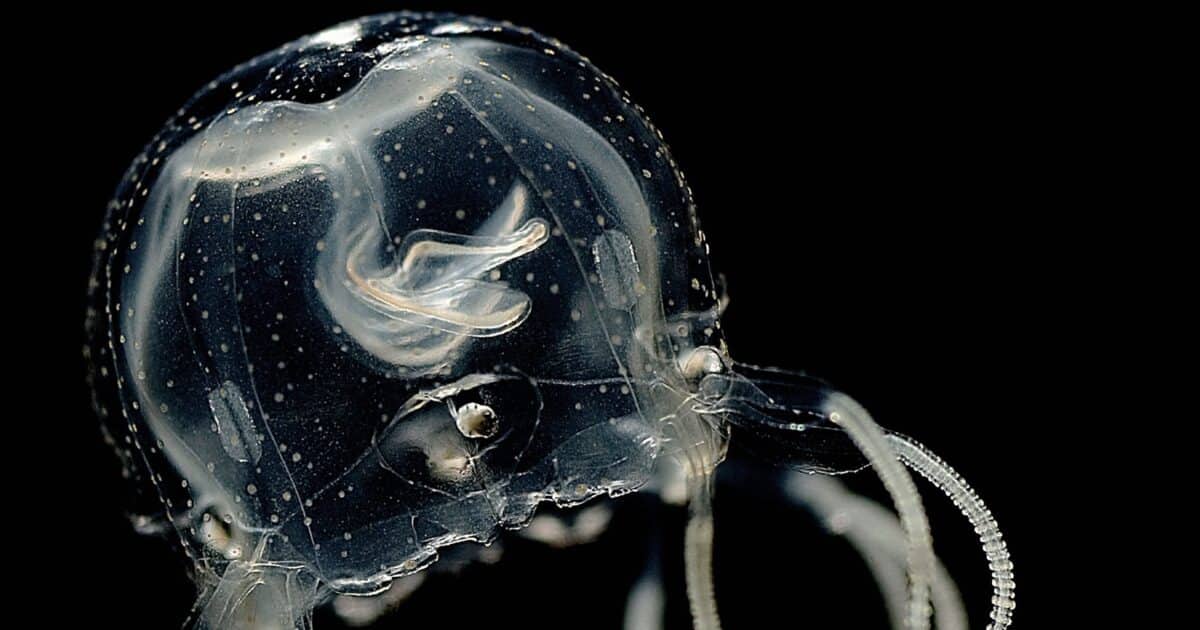
Can a Brainless Jellyfish Learn? How About Individual Cells? Do Molecules Communicate?

The Origin of Life and the Wonder of Daily Existence

Darwin’s Top 10 Arguments Against His Own Theory

Fossil Friday: The Abrupt Origin of Winged Insects

The Role of Learning in the Honey Bee Waggle Dance
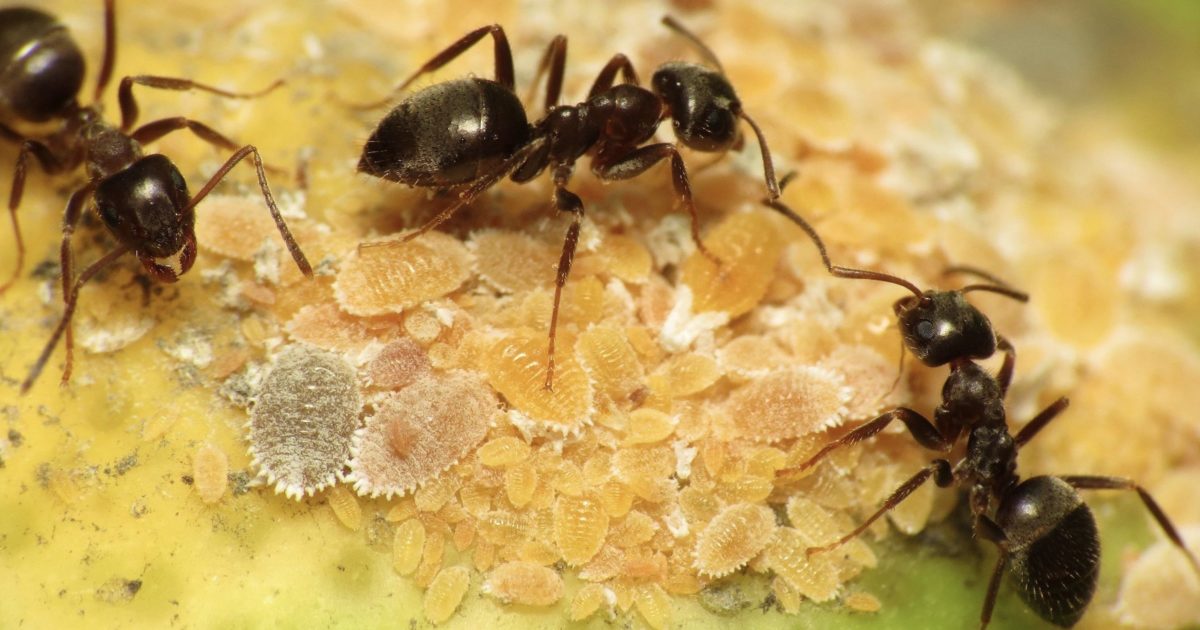
Pushing Insect Welfare
